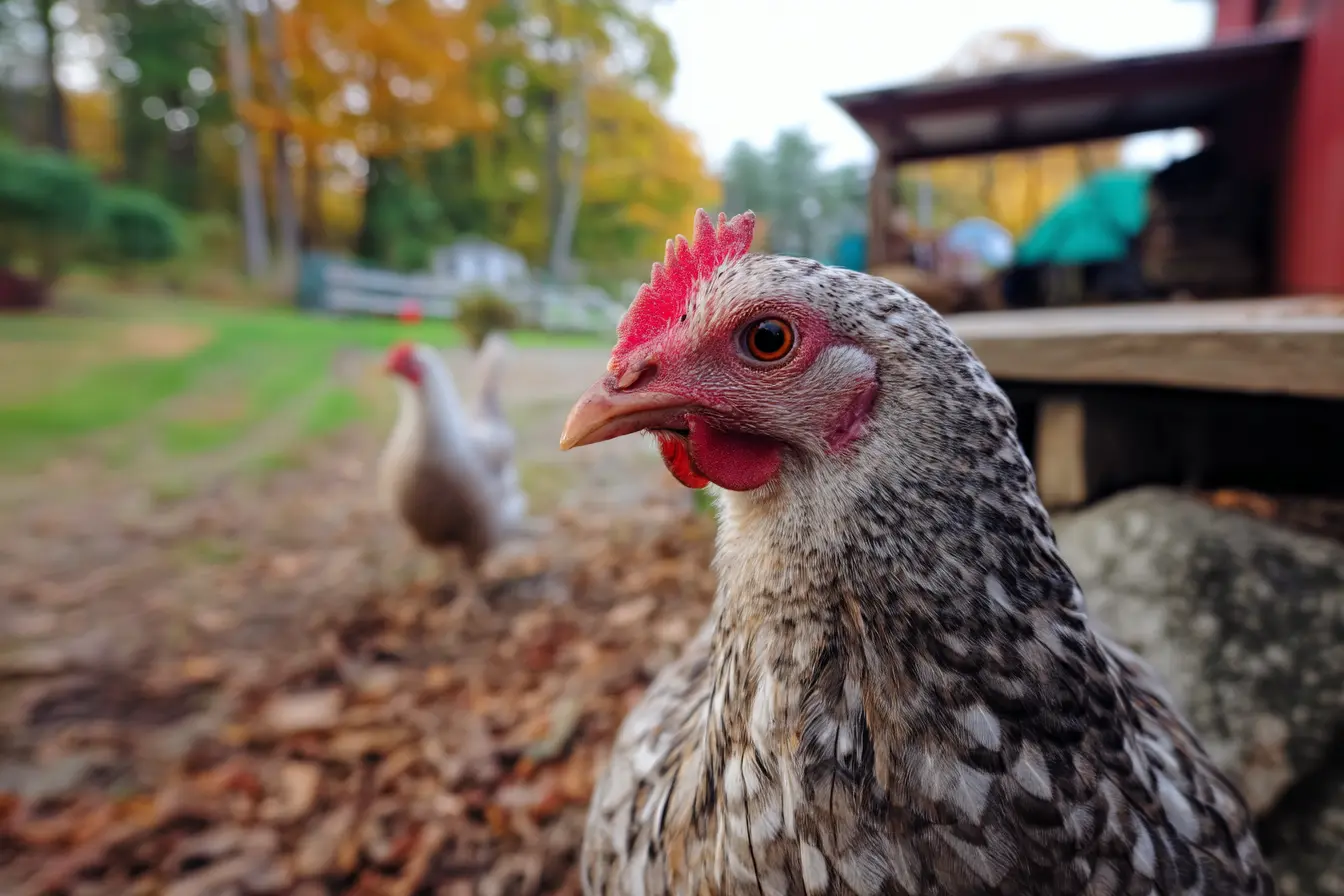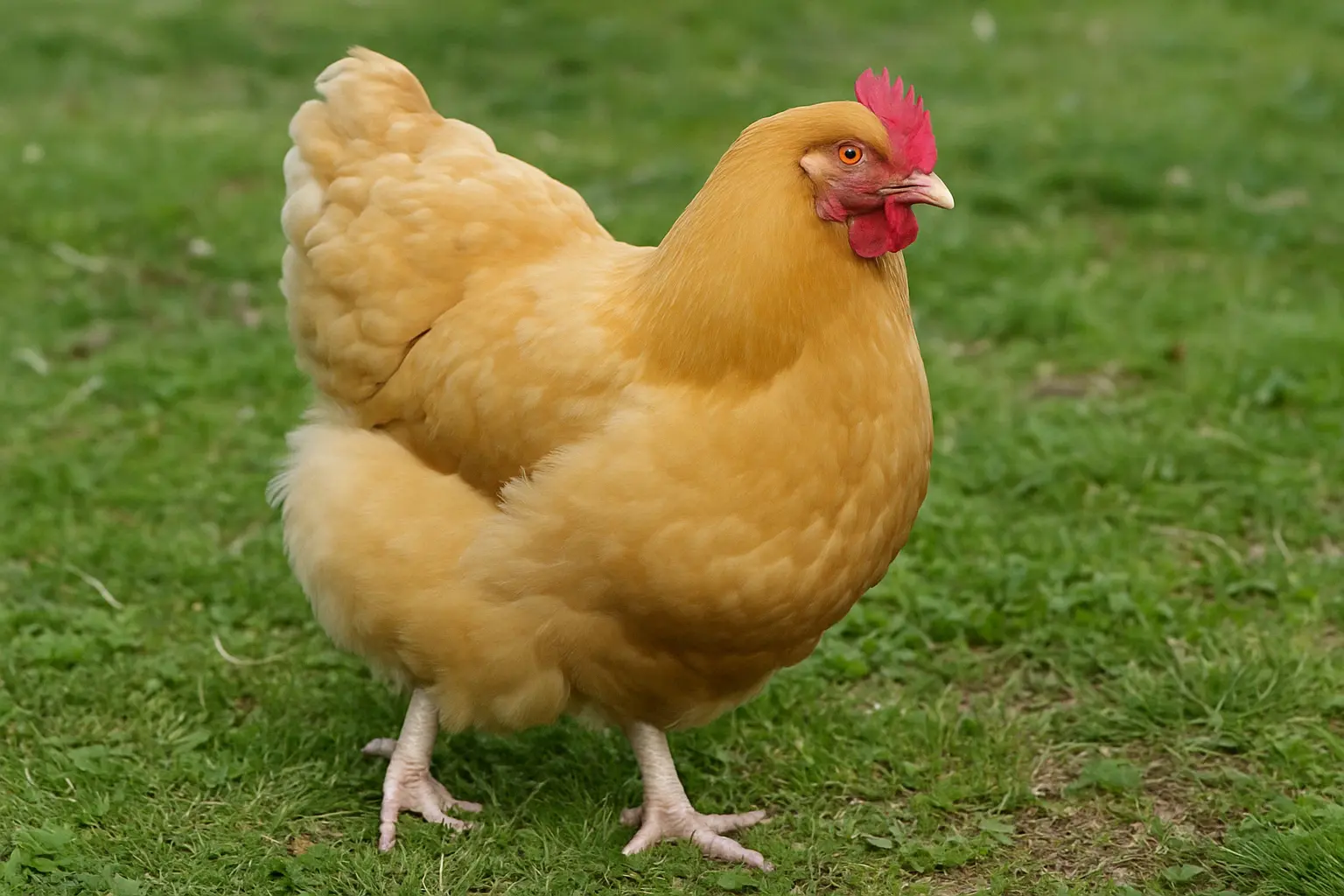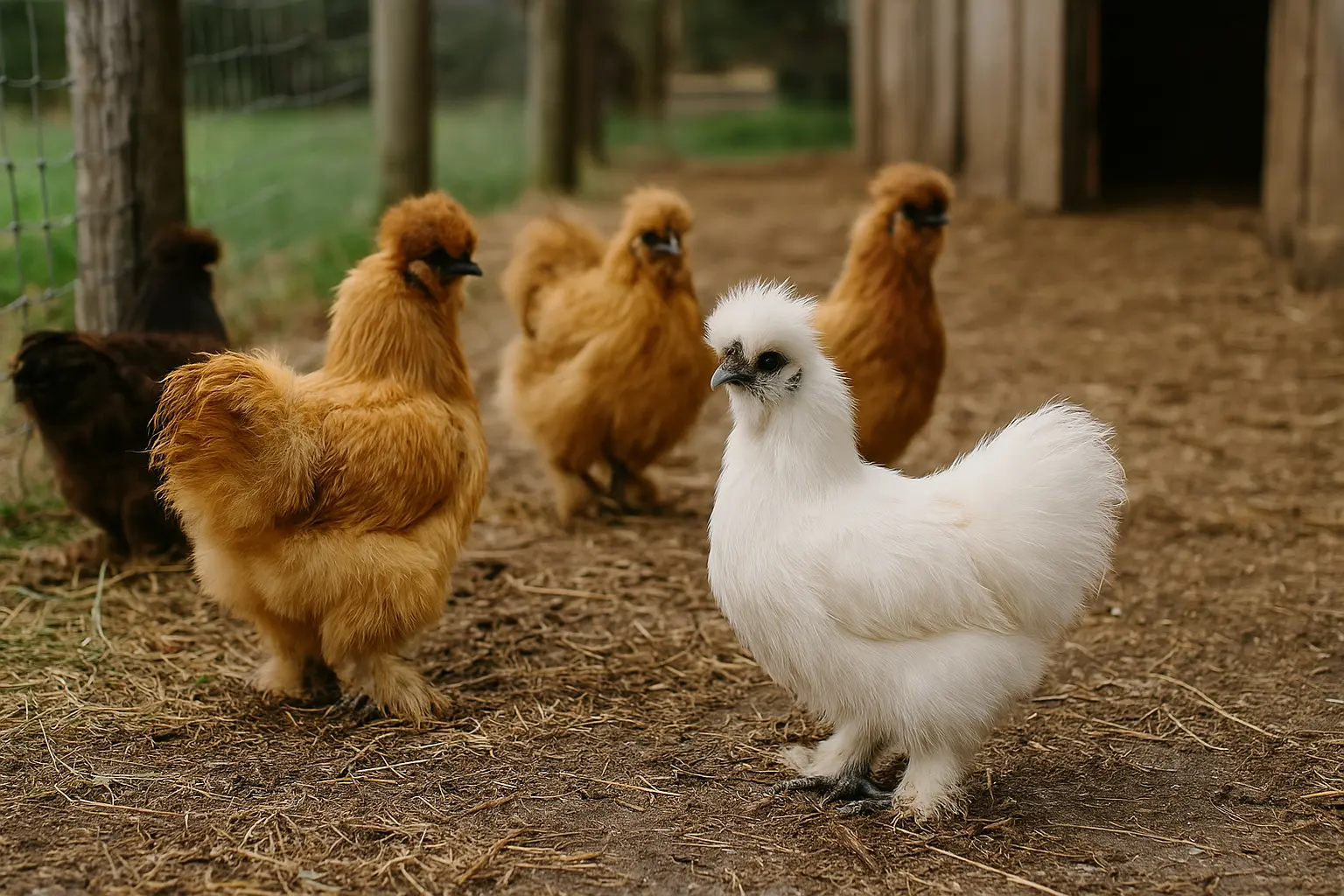
A Complete Guide to Keeping Bantam Chickens
Bantam chickens are an excellent choice for UK poultry keepers looking for small, friendly, and productive birds. Whether you have limited space, want ornamental chickens, or are looking for a breed that’s easy to handle, bantams can be a perfect fit. This guide covers everything you need to know about keeping bantam chickens, from housing and feeding to health and egg production.
What Are Bantam Chickens?
Bantams are a type of small chicken breed, typically one-quarter to one-half the size of standard chicken breeds. Some bantams are miniature versions of larger breeds (true bantams), while others have no standard-sized counterpart (true bantams). Their small size makes them ideal for urban and suburban gardens, and they are well-suited to beginners and experienced poultry keepers alike.
Key Characteristics:
- Lifespan: 6-8 years with proper care
- Egg Production: 150-200 small eggs per year (depending on the breed)
- Temperament: Friendly, active, and easy to handle
- Size: Typically 500g-1kg depending on the breed
- Popular Breeds: Pekin, Silkie, Sebright, Dutch, Serama, and Wyandotte bantams
Why Choose Bantam Chickens?
Bantams offer numerous benefits that make them an attractive choice for poultry keepers:
- Space-Saving: Their small size makes them perfect for gardens with limited space.
- Gentle and Friendly: Many bantam breeds are docile and easy to handle, making them ideal for families with children.
- Ornamental Appeal: Bantams come in a wide variety of colours and feather types, adding charm to your garden.
- Great Layers: Although their eggs are smaller, they are often prolific layers.
- Lower Feed Costs: Bantams eat less than standard-sized chickens, making them more economical to keep.
- Adaptable to UK Weather: Most bantams are hardy and can tolerate the UK's climate with proper care.
Housing Requirements for Bantam Chickens
Despite their small size, bantams still require safe and comfortable housing to stay healthy and happy.
Coop Requirements
- Size: Allow at least 0.2 square metres per bird inside the coop.
- Nesting Boxes: Provide one nesting box per 3-4 hens, lined with soft bedding.
- Perches: Use low perches, as some bantams prefer lower roosting due to their smaller stature.
- Ventilation: Ensure proper airflow to reduce moisture build-up.
Run and Free-Range Space
Bantams enjoy roaming and foraging, but their small size makes them more vulnerable to predators.
- Minimum Run Space: 1 square metre per bird.
- Fencing: Bantams are excellent flyers; use tall fencing or cover their run with netting to prevent escapes.
- Shelter: Provide weather protection, especially from cold and wet conditions.
Tip: Consider keeping bantams in a secure covered run if you have concerns about predators like foxes or birds of prey.
Feeding Bantam Chickens
A nutritious diet is essential for their overall health and egg production.
Essential Nutrition
- Layers Pellets (16-18% protein): Suitable for laying hens and provides balanced nutrition.
- Grit: Helps with digestion, as bantams lack teeth to grind their food.
- Treats and Scraps: Occasional vegetables, fruit, and mealworms can be offered as treats.
- Fresh Water: Ensure clean water is available at all times, especially in summer.
Feeding Tip: Due to their smaller size, bantams require less food than standard chickens, so be mindful of portion sizes to prevent waste.
Common Health Issues and Care
Bantam chickens are generally hardy but can be prone to a few common health problems.
Common Health Concerns
- Mites and Lice: Due to their fluffy feathers, especially in breeds like Silkies, regular checks and treatment with poultry-safe powders are essential.
- Cold Sensitivity: Smaller breeds may struggle more in colder weather; extra bedding and insulation in the coop can help.
- Scaly Leg Mites: Feather-footed bantams like Pekins can be susceptible to leg mites; regular inspection and cleaning are advised.
- Obesity: Bantams can gain weight easily, so avoid overfeeding treats.
Preventative Care:
- Conduct regular health checks for parasites and respiratory issues.
- Provide a clean, dry environment to prevent disease.
- Consider worming your flock every 3-6 months.
Bantam Chicken Behaviour and Handling
Bantams are known for their friendly, sociable nature, making them great pets.
- Many bantam breeds enjoy human interaction and can be tamed with regular handling.
- They are generally less aggressive than larger breeds and integrate well into mixed flocks.
- Bantams can sometimes be more vocal, so be mindful of noise if you have close neighbours.
Handling Tip: Handle your bantams gently from a young age to encourage friendliness and trust.
Egg Production and Collection
Bantams are good layers despite their smaller size, and their eggs are packed with flavour.
Egg-Laying Habits
- Bantams can lay around 3-5 eggs per week, depending on the breed.
- Their eggs are smaller than standard eggs but rich and delicious.
- Bantams can go broody frequently, meaning they may stop laying for periods if they decide to sit on eggs.
Egg Collection Tip: Collect eggs daily to prevent broodiness and ensure cleanliness.
Winter Care for Bantam Chickens
Bantams, particularly feather-footed or true bantam breeds, may need extra attention in winter.
- Coop Insulation: Ensure the coop is well-insulated to protect them from cold drafts.
- Bedding: Use plenty of straw or wood shavings for added warmth.
- Water Management: Prevent drinkers from freezing by using heated drinkers or regular checks.
- Extra Feeding: Bantams may need additional food during colder months to maintain body heat.
Winter Tip: Consider using a windbreak in their run to shield them from harsh winds.
Breeding and Raising Bantam Chicks
Bantams are known for their broodiness and make excellent mothers.
Breeding Tips
- Bantam hens often go broody and will happily sit on their own eggs or those of other breeds.
- If incubating eggs, maintain a temperature of 37.5°C and humidity around 50%.
- Chicks are small and delicate; ensure they have access to a warm brooder and chick crumbs.
Growth Rate: Bantams mature slightly faster than larger breeds and will start laying at around 5-6 months of age.
Legal Considerations in the UK
Before keeping bantams, it’s essential to check your local council regulations and follow UK poultry-keeping guidelines.
- DEFRA Guidelines: Adhere to biosecurity measures to prevent avian diseases.
- Local Council Regulations: Some councils have rules regarding noise and flock size.
- Neighbour Considerations: Inform your neighbours and take steps to minimise noise and mess.
Conclusion
Bantam chickens are a delightful and practical choice for UK poultry keepers, offering charm, productivity, and companionship in a compact package. Whether you're looking for eggs, pets, or ornamental birds, bantams can bring joy to your home with their friendly personalities and manageable size.
With proper housing, nutrition, and care, bantams will reward you with years of enjoyment and delicious eggs.
Contents
- What Are Bantam Chickens?
- Why Choose Bantam Chickens?
- Housing Requirements for Bantam Chickens
- Feeding Bantam Chickens
- Common Health Issues and Care
- Bantam Chicken Behaviour and Handling
- Egg Production and Collection
- Winter Care for Bantam Chickens
- Breeding and Raising Bantam Chicks
- Legal Considerations in the UK
- Conclusion
Tags
Vets near you
Speciality vets
- Aquatics vet specialists
- Birds vet specialists
- Camelids vet specialists
- Cats vet specialists
- Cattle vet specialists
- Deer vet specialists
- Dogs vet specialists
- Equines vet specialists
- Exotic vet specialists
- Goats vet specialists
- Pigs vet specialists
- Poultry vet specialists
- Sheep vet specialists
- Small Mammals vet specialists
- Wild vet specialists



